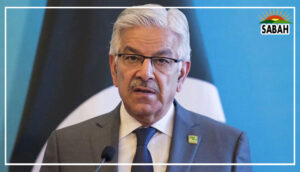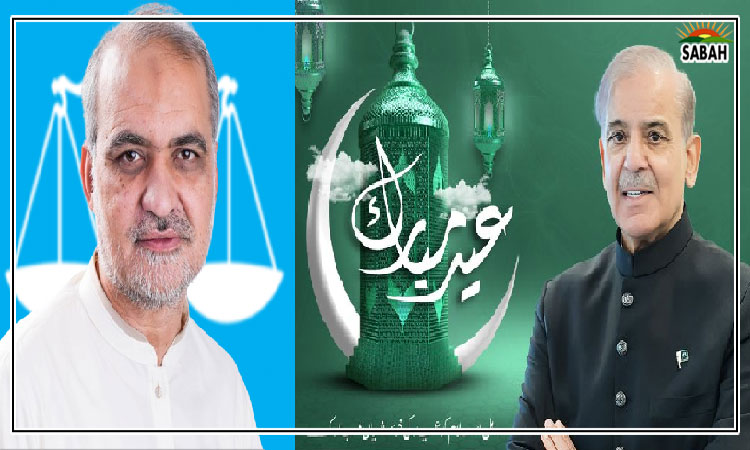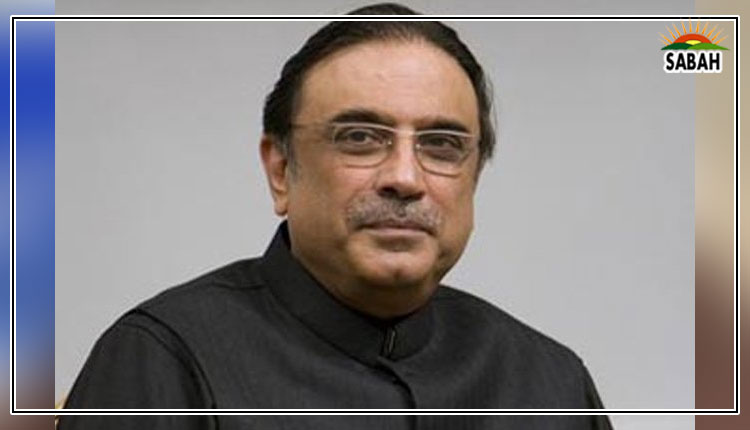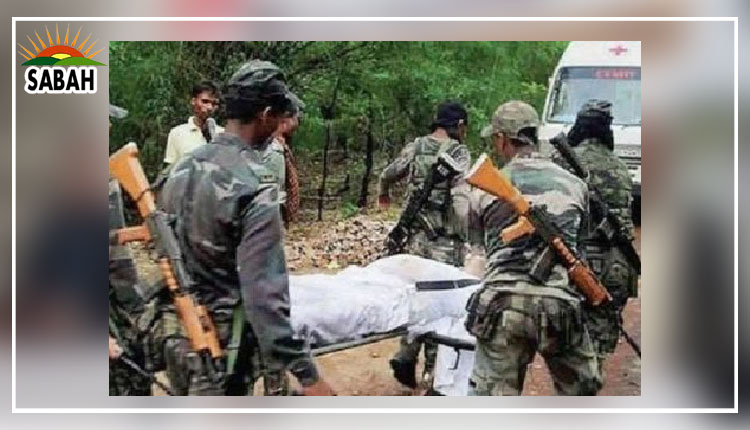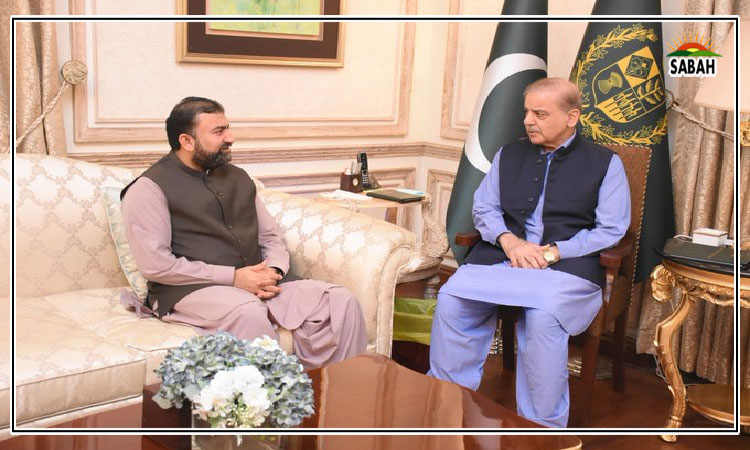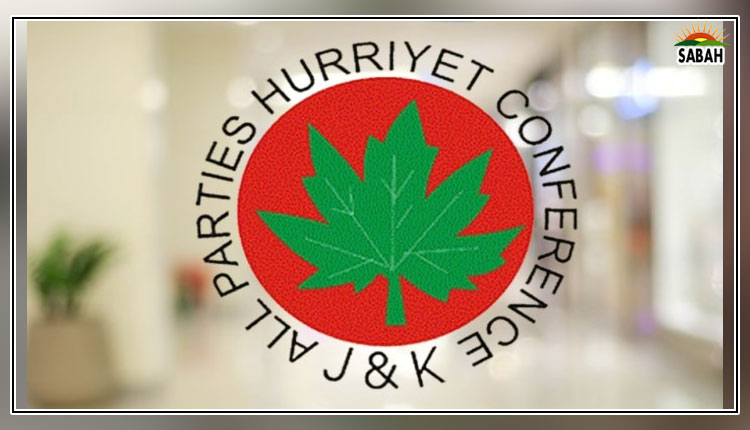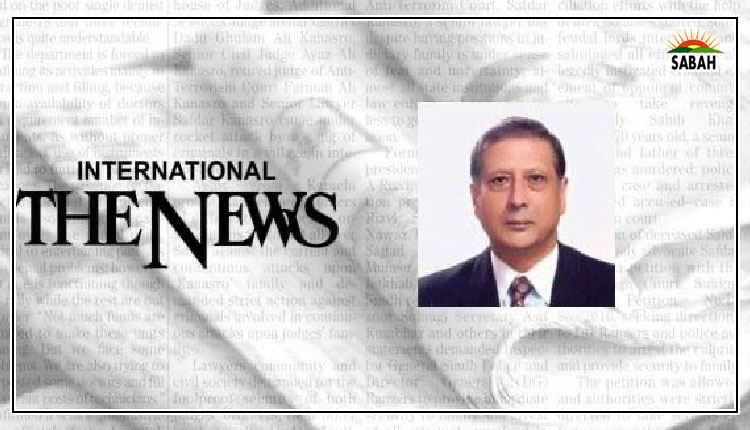Strategic partners…Javid Husain
Indian Prime Minister Narendra Modis visit to Washington last month is a stark reminder of the rapidly developing Indo-US strategic partnership and the high priority attached by the US to this relationship in its global strategy.
The warm welcome extended to Modi by the US administration and the rare honour provided to the Indian prime minister of addressing the joint session of the US Congress a second time were clear indicators that the Biden administration was determined to take this relationship to new heights.
The joint statement issued on June 22, which identifies a wide range of highly important areas for bilateral cooperation, confirms the determination of the two sides to strengthen their ties, especially in economic, commercial, technical and security related areas. The criticism of Pakistan in the context of the anti-terrorism policies of the two countries showed which way the wind was blowing. Modis visit, therefore, carried far-reaching implications for peace, stability, and economic progress in the Indo-Pacific region and South Asia.
Modis visit needs to be analyzed in its proper historical context as well as against the background of the evolving geopolitical scenario at global and regional levels. Historically, India-US relations have gone through two main phases. During the cold war, the relationship between the two countries, although cordial, lacked strategic depth because of Indias decision to pursue the policy of non-alignment in the context of the intense US-Soviet rivalry, with a tilt in favour of Russia which emerged as its main arms supplier. Pakistan, on the other hand, decided to become a part of the Western bloc while developing its relations with China.
The end of the cold war witnessed a gradual reversal of these roles as the China-US rivalry and frictions in China-India relations grew in intensity. The US under president Clinton set in motion a gradual process of developing close strategic relations with India as a counterweight to Chinas fast-growing power. Clintons visit to India in March 2000 was an important step in that direction.
Under president Bush the process was publicly given an impetus by Washington in March 2005 when it announced its intention to help India become a major world power in the 21st century. This was soon followed by the India-US nuclear deal which led to civil nuclear cooperation between the two, despite Indias nuclear weapon programme. Since then, successive US administrations under Presidents Obama, Trump and Biden have steadily expanded the scope and depth of India-US strategic cooperation. The agreements reached during Prime Minister Narendra Modis recent visit to Washington carried forward this process.
These agreements, thus, are not an aberration but a confirmation of the long-term trend of fast developing strategic partnership between India and the US. From the US point of view, this partnership is a key element in its policy of containment of China which also includes strengthening of alliances with Japan, South Korea, the Philippines and Australia, and new security cooperation arrangements like the Quad and AUKUS. For India, its strategic partnership with the US enables it to face the challenge posed by a powerful China and to emerge in due course as a major pole in its own right in the evolving multipolar world. India is already the fifth biggest economy in the world and aims to assume the third position after the US and China within the next decade.
Some elements in Pakistan naively hope that the growing sway of Hindutva or Hindu extremism, the persecution of religious minorities, and increasing instances of other violations of human rights especially the right to freedom of speech in India will discourage the US from proceeding further on the path of forging close relations and cooperation with India. Such assumptions are based on a mistaken notion of how the US conducts its foreign relations. During World War II, the US together with its Western allies cooperated closely with a communist Soviet Union led by a ruthless dictator in the form of Stalin to defeat Nazi Germany led by Hitler, which was seen by the West as a greater threat. In 1971-72, the US initiated strategic cooperation with China to check the Soviet power.
The moral is that the US takes its strategic decisions on major security issues on the basis of realpolitik and not on the basis of moral and ideological considerations alone though these considerations are exploited for advancing American strategic interests as and when necessary. Realistically speaking, therefore, Washington will merely pay lip service to the cause of liberal democratic values while conducting its relations with India as long as the latter serves its purposes in countervailing Chinas power.
The joint India-US statement is unequivocal in expressing the determination of the two countries to develop the US-India Comprehensive Global and Strategic Partnership covering all areas of human activity and, in a clear signal to China, to encourage through such groupings as the Quad moves towards a free, open, inclusive, and resilient Indo-Pacific.
The joint statement goes on to delineate specific cooperation projects in diverse fields such as technology, exploration of space, trade, defence, and clean energy. It makes specific references to US support for Indias permanent membership of the UN Security Council and India-US cooperation in countering terrorism with critical references to Pakistan. Significant among the cooperation projects are Micron Technologys plan to invest up to $825 million in a semiconductor assembly and test facility in India, collaboration in Artificial Intelligence and quantum technologies, and manufacture of General Electric F-414 jet engines in India.
In the face of the challenge posed by the expanding Indo-US strategic cooperation, the first and foremost task facing our policymakers is to stabilize the country politically and accelerate the pace of GDP growth to seven per cent and above while maintaining a credible security deterrent at the lowest level of armed forces and armaments. For this purpose, we must pursue a low-risk and non-adventurist foreign policy to avoid involvement in armed conflicts. We must also give a boost to our strategic cooperation with China to restore strategic balance in South Asia which is being upset by Indo-US strategic cooperation.
Simultaneously we should maintain normal friendly relations with the US and other Western countries and develop multifarious cooperation with neighboring countries in West Asia, Central Asia, and the Persian Gulf region as well as Russia.
Courtesy The News


